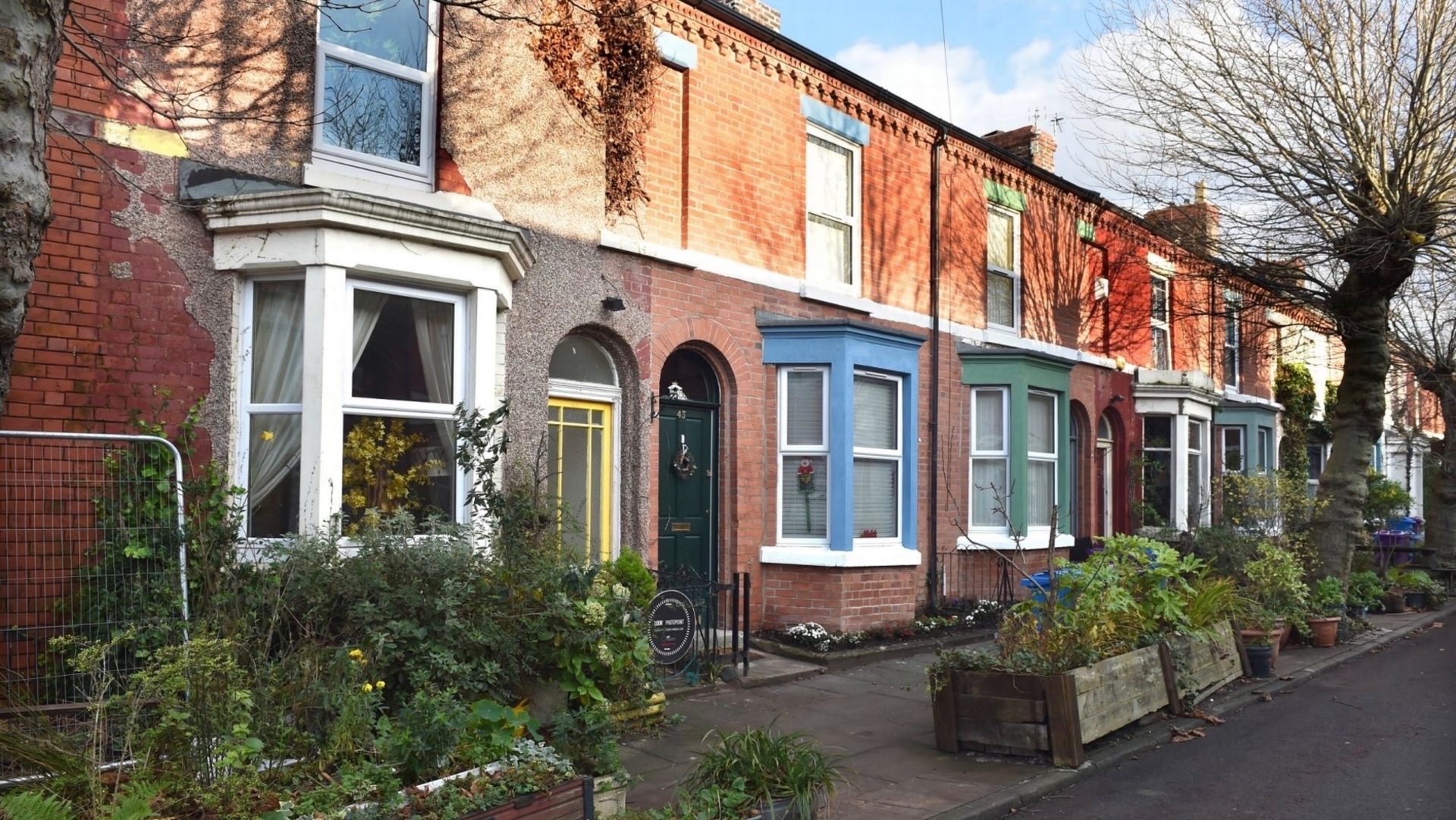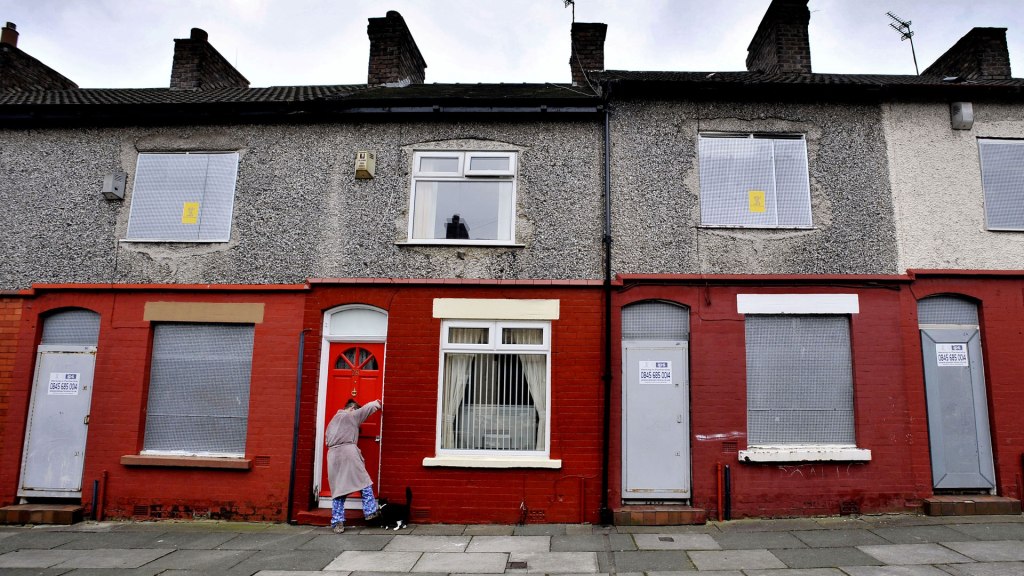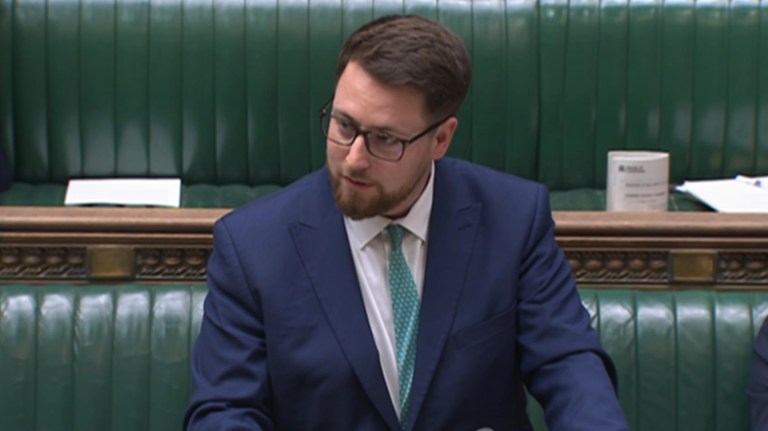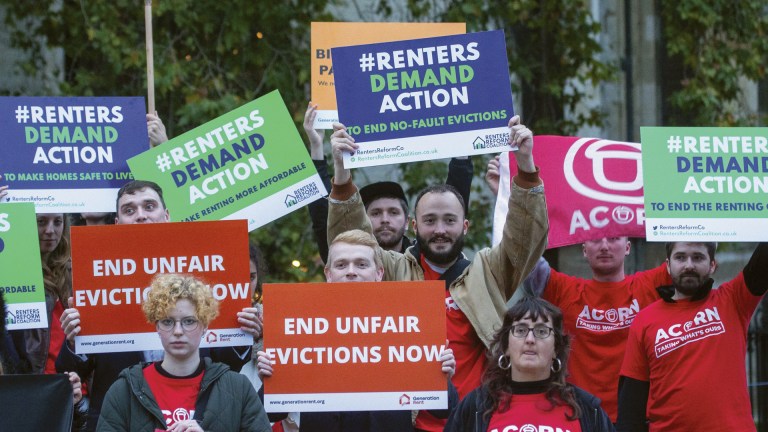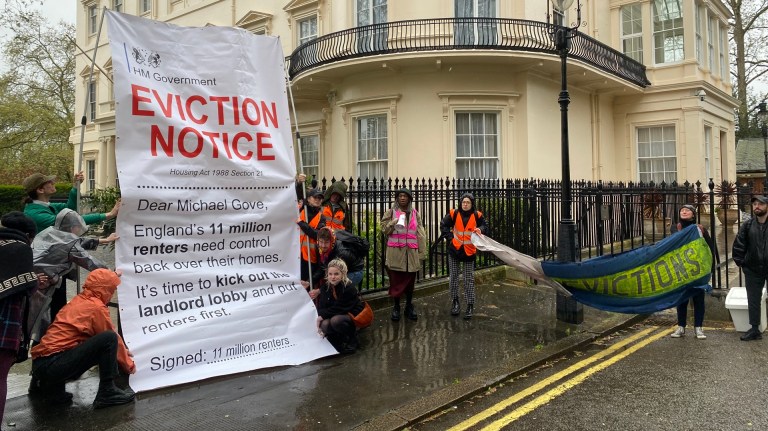Her area was one of those identified for regeneration as part of the last government’s Housing Market Renewal (HMR) programme.
The grand New Labour scheme, launched in 2002, was supposed to transform neighbourhoods struggling with deprivation and a depressed housing market across the Midlands and north of England.
Yet for many of the Liverpool residents caught inside an HMR zone, regeneration has become a highly pejorative term. “Like The Blitz without the bodies,” as one local witticism has it.
Although the coalition government called a halt to the HMR project last year, thousands of empty houses across the country still await the bulldozers, as many local authorities try to scrabble together the funds to clear their ghost streets.
Merseyside has become the key battleground: the region’s councils and their development partners on one side and, on the other, campaigners keen to use renewed interest in empty homes to repopulate neighbourhoods once written off as blighted beyond repair.
Eleanor does not wish to romanticise bygone Granby as a working-class paradise, but she is, nevertheless, incensed by the waste of potential around her.
“After the riots here in the ’80s, it’s hard to know how conscious an effort was made to empty the area,” she says. “People were moved out and the council just let great houses rot for years. Every service becomes crap, because no one thinks it’s worth doing a good job.”
She and her neighbours have taken regeneration into their own hands, greening and decorating where possible and launching an occasional weekend market in the middle of the street.
“It was a fantastic feeling to take action because it counters all the malign neglect,” Eleanor explains. “We never consulted the council; we just did it. A little effort and perception changes. It can still be a great area.”
There is now some hope for the future of Granby, since refurbishment is currently councillors’ preferred option for Cairns Street and nearby rows.
Yet seeing what refurbishment means in the row behind (frontages are cleaned and kept while the rest is bulldozed and rebuilt), “doesn’t exactly fill me with confidence”, says Eleanor.
A few minutes away from Cairns Street, the picture is bleaker. The Welsh Streets, more neat rows of red-brick Victorian houses (once built and lived in by Welsh workers at the end of the 19th century) are set to be cleared away entirely.
A Beatle was born here. Ringo Starr grew up in 9 Madryn Street, and tourists make pilgrimages to scrawl messages like ‘Save Ringo’s House!’
What could they have done in real refurbishment if they hadn’t spent so much moving people out and tinning up?
Nina Edge lives inside the Welsh Streets regeneration zone, but only just. On her side of the street, she is the last owner. The council and partner housing association gave tenants payments of £2,000 or £3,000 to move, and homeowners were bought out: a process of attrition familiar to HMR towns and cities across the country.
Yet as Nina, a designer aged 49, looks out the window of her spacious front room, she can see a fully inhabited, mostly owner-occupied Victorian terrace across the road; houses ordinary people were willing to invest in because they existed just outside of the regeneration zone. “It’s so ridiculous,” she sighs.
“There’s a certain amount of fury that the council would rather spend public money pulling down houses. What could they have done in real refurbishment if they hadn’t spent so much in buying up, moving people out and tinning up? What would people have done themselves without interference?”
Planner Jonathan Brown, part of the Liverpool Civic Society, believes that the original assumptions of HMR were tragically flawed. By 2002, confidence had returned to Liverpool and the desire for terraced housing was beginning to pick up.
He is left to conclude that the council and housing associations were blinkered by their dream of banking land close to the city centre, driven by a faith it could be worth huge sums to developers.
“They were supposed to be restoring confidence in the local market but instead, in these areas, they completely destroyed it,” he explains.
“In any sensible world these houses would be valued, protected, sold as attractive places – but unfortunately some people only see the potential value of the land and the people on it are inconvenient and expendable.
“There is an opportunity now to reflect on what’s happened, admit there has been a failure – too much top-down, corporately driven, land-banking development. Given public money has bought and boarded up these houses, why can’t we be creative and try to do something interesting with what’s left?”
David Ireland, chief executive of the Empty Homes Agency, agrees. He welcomes the new mood of realism now that so many lucrative development deals have fallen by the wayside.
“It was fanciful to expect that you could remove a neighbourhood from the market, do something to it and then slot a neighbourhood back in, expecting prices to take off,” says Ireland.
“Even now, despite the long-running neglect, a lot of these properties in the north of England are still structurally sound, decent houses,” he adds. “It you use empty homes, it might not solve all our housing problems, but it could make a sizeable contribution.”
Ireland is particularly fond of a project in Newcastle. Ten years ago, one housing association (which no longer exists) in the Benwell area sold four empty properties in a run-down street to first-time buyers for 50p each.
“It worked brilliantly,” he says. “The important thing was the knock-on effect it had on houses around it. To see some investment and new people moving in changed the perception of the area.
“People thought, ‘Maybe we’ll do our own property up’. I went back last year, and without any extra intervention, all the properties in the street were occupied and looking better.”
He believes there is great potential for further similar homesteading projects across the country.
Even if councils or housing associations are not willing to give away empty homes for a low as 50p, why not allow for significant discounts, if interested parties are willing to bring up properties to the required standard with their own funds?
The willpower to change direction is not yet clear. Grant Shapps, the current minister for housing and local government, has criticised the last government’s approach as “flawed”, highlighting “an obsession with demolition over refurbishment… and perverse incentives being given to rundown neighbourhoods”.
Yet his department has now released a ‘transition fund’ to councils where HMR schemes were halted be- fore completion. Thirteen projects in the worst hit areas – Merseyside, East Lancashire, North Staffordshire, Hull and Teesside – have received a total of £35.5m. Sadly, the cash is being used primarily to restart the bulldozers.
The Empty Homes Agency revealed last week that these councils plan to use the transition fund to demolish another 5,125 homes and renovate only 113. In the majority of cases, the councils’ proposals make clear that there are no imminent plans to replace the houses.
A spokesman for Shapps told The Big Issue: “We have halted the top-down programme that imposed large-scale targets for demolition… and we are reviewing the use councils are making of this money.”
There are a lot of people needing a home, and who would love an opportunity to do something with these houses
Back in the welsh streets, there are plans to remove Ringo’s house and reconstruct it in a museum. Liverpool City Council continues to insist destruction of the terraces has widespread support and cites “outside interference” for the opposition.
Can we ever ease our addiction to tearing down and starting again? Nina Edge, maintaining her last stand in the Welsh Streets, hopes future council leaders will plan for the kind of people they represent, and not the kind of people they wish they did.
“The young aspirational professionals they wanted never quite emerged, but there are a lot of people needing a home, and who would love an opportunity to do something with these houses,” she says.
“I think we need to think about how councils are able to bully their citizens. They’re supposed to act on our behalf.”
Join The Ride Out Recession Alliance
The Ride Out Recession Alliance (RORA) will develop and implement practical steps and solutions to prevent families losing their homes, and help people remain in employment.
Learn More
